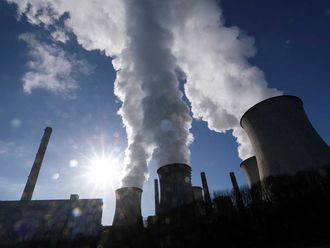DUBAI
In March, Saudi Arabia’s purchasing managers index (PMI) slipped from February’s eighteen month high of 57 to 56.4 last month. But both output and new orders rose sharply in the first quarter 2017 underpinning the overall upturn.
For the first quarter of the year Saudi PMI rose to 56.7 from 54.6 in the previous quarter, the highest PMI average in one-and-a-half years.
Firms cited improvements in economic conditions, new projects, more construction work and increased promotional activity as reasons for the stronger growth in new work in the first quarter.
“Saudi Arabia’s non-oil economy appears to be holding up well amid ongoing reductions in oil production. Unlike previous periods of expansion however, gains in output and new orders are not being matched by new job growth, while competitive pressures appear to be keeping a lid on the prices firms are able to charge to customers,” said Tim Fox, Head of Research and Chief Economist at Emirates NBD.
The strong rise in output and new work was not reflected in faster job creation in the first quarter of 2017. The employment index was close to the neutral level at 50.5 in the first quarter, marginally lower than last quarter’s reading.
Deterioration of Egypt’s non-oil private sector gathered pace at the end of the first quarter with sharper falls in output and new orders were recorded. PMI data showed that firms continued to reduce workforce numbers and were reluctant to engage in purchasing activity.
On the price front, substantial cost pressures, stemming from the weak exchange rate relative to the dollar, continued to translate into higher selling prices, though rates of inflation softened
The headline PMI edged down from February’s six-month high of 46.7 to 45.9 in March, pointing to a marked worsening in business conditions. The latest reading was broadly in line with the average over the current 18-month sequence of contraction at 46.












